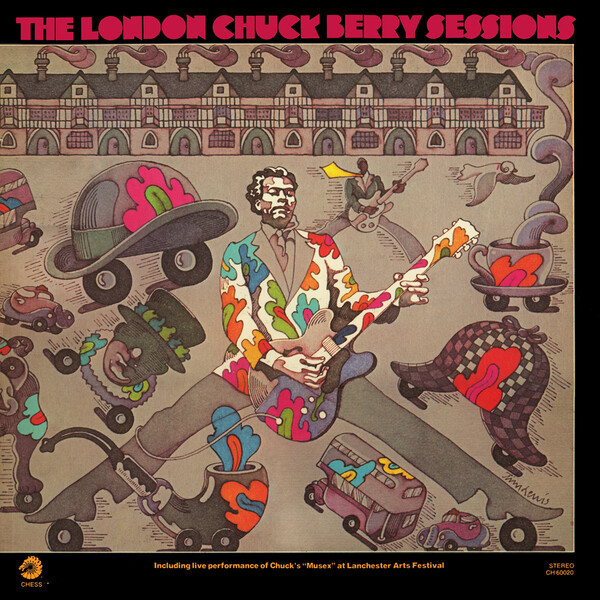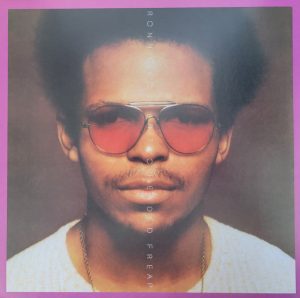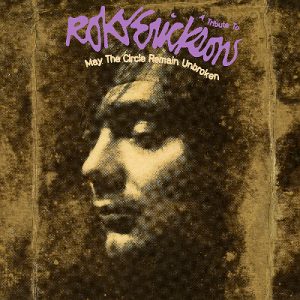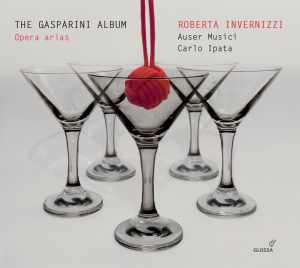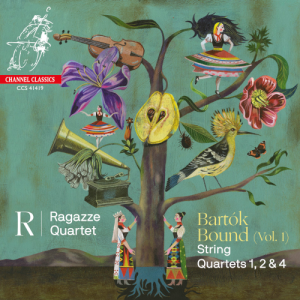When I was fifteen I had yet to learn that greatest hits and best of records also meant The Worst Sounding Records. Back then my ears weren't very sophisticated, so I was oblivious to the fact that albums like Simon & Garfunkle's Greatest Hits and Rod Stewart's Sing It Again Rod were, despite the wonderful music, mediocre-sounding LPs.
Later on I learned that a few collections of hits actually sound excellent. Great examples include The Best Of Bread (Elektra 6E-108) and The Shadows' Greatest Hits (EMI-Columbia SCX 1522). Then there are the jazz albums that feature the words "Greatest Hits'' in their titles. It's questionable how many jazz tunes past 1950 actually had chart positions, but the two that I own sound really good. One of them, Dave Brubeck's Greatest Hits (Columbia CS 9284,) has superb sound, and the other, the focus of this article, is The Best Of Gabor Szabo (Impulse! AS-9173).
The Best Of Gabor Szabo is a stimulating collection of jazz-pop fusion, and while it's a collection of what I would refer to as 60s-era radio-friendly jazz, sourced from five different LPs, it's also a jazz-rock masterpiece in its own right. The first three cuts originate from Szabo's most popular album, Spellbinder (Impulse! AS-9123), and it opens with that album's title cut. For me, and I'm guessing others, the album shifts into high gear on the third cut, Szabo's most famous instrumental, the Turkish-flavored "Gypsy Queen."(Most music lovers know the tune, but the version they know is Santana's famous version.) Unlike the cuts from the reverberant and mysterious-sounding Spellbinder, the next two cuts, from the album Jazz Raga (Impulse! AS-9128), are a journey into that musical rarity, jazz psychedelia. The totally psyched-out tunes include his stunning interpretation of the Rolling Stones' classic, "Paint It Black," featuring a vivid sounding sitar, and Szabo's original composition "Sophisticated Wheels." "Paint It Black" is my favorite cut on the album. Szabo shows real affinity for this most Eastern of Rolling Stones classics. These two cuts were recorded dry, and what an awesome experience Rudy Van Gelder gave us by not adding his usual reverb! The unaltered sound allows Bob Bushnell's electric guitar and Szabo's sitar to sound like they're right in front of you. (It's worth pointing out that "Paint It Black" and "Sophisticated Wheels' ' were also two sides of a 45 single, which also means that both cuts were probably cut from the first-generation master tape!) Side two/cut two is Paul McCartney's "Yesterday." In most hands the Beatles' standard comes off sounding as lackluster as the original, but not in Szabo's hands. It's the perfect song for his craft, and Sadao Watanabe's evocative flute is icing on the cake. As a whole, this album satisfies my love, musical psychedelia, jazz, jazz-rock fusion, and, of course, great sound.
I wish I had more Szabo LPs and CDs to make comparisons with. However, I do own the Speakers Corner 180 gram reissue of Gypsy 66 (Impulse! AS-9105) which allows me to do a direct comparison of two cuts that are also featured on The Best Of Gabor Szabo, and those cuts are "Yesterday" and "Walk On By." First, the Speakers Corner Gypsy 66 sounds nothing like a 60s era jazz LP. It's wonderfully pillowy and rich. The ambient decay is amazing, and the bottom is beautiful, rich, and round. It's very easy to enjoy, and, yet, I've never heard a jazz LP from the 60s that sounds this round, dark, or creamy. It has a way of making my audio system sound, for a lack of better words, more expensive. However, "Yesterday," a single that was simply inserted onto the opening of Gypsy 66, doesn't benefit at all from Speakers Corners' lush treatment. The result is a cut that sounds dark and turgid, while "Walk On By" sounds slightly superior on the richer/rounder Speakers Corner release.
So there you have it, The Best Of Gabor Szabo is a really good album, with really good sound. Sonically, it has that gentle decay that only comes from vintage LPs. This album is a great starting point into Gabor Szabo's art, but my best advice is to simply check his fascinating music out.






